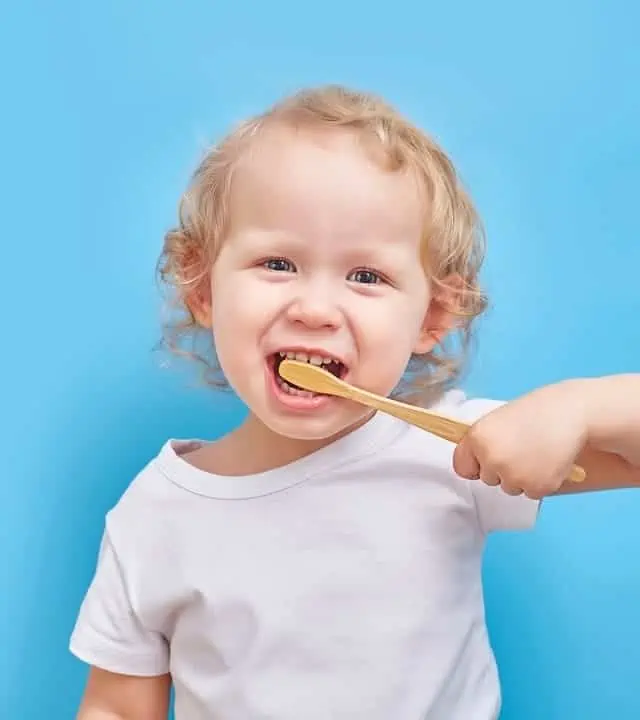PEDIATRIC DENTISTRY Services
Baby Tooth Brushing Guide
in Upper East Side, NY
Brushing & Flossing Instructions
Children’s hands and mouths are different than adults. They need to use toothbrushes designed for children. Both adults and children should use brushes with soft, rounded bristles for gentle cleaning. All children should brush at least TWICE a day for about 2 minutes in the morning and for 2 minutes at night after their last drink and/or snack. Parents should assist or at least supervise brushing until the age of seven.
Children and some infants need to floss too! Parents should floss their child’s teeth as soon as he or she has two teeth that touch. Flossing is not easy for children to do by themselves. The American Dental Association recommends that parents help with flossing until the age of 10 years old.
Tips for brushing
Hold the brush at a 45 degrees angle towards the teeth and gums. Move brush back and forth with short strokes, about a half tooth wide.
-
-
- Brush the inside and outside surfaces of each tooth, top and bottom.
- Hold the brush flat on top of the teeth and brush the chewing surfaces.
- Gently brush the tongue to remove debris.
- Floss between teeth daily.
- Change the toothbrush every 3 months.
-
Tips for Flossing
-
-
- Floss in between all the teeth in the month. Some kids left unsupervised only floss between the front teeth, if they floss at all.
- Slide the floss up to the gum line and wrap it around the tooth in a c-shape and gently scrap the floss against the side of the tooth.
- Many parents find it significantly easier to floss their child’s teeth with a flosser vs the traditional string floss.
- Floss every day. It doesn’t matter if you floss before or after brushing. However, some dentists suggest flossing BEFORE brushing because people are less likely to skip flossing than if they wait until after brushing.
-
When To Begin Brushing
Once the first tooth appears, the parent should start brushing their baby’s teeth in the morning and at night. By age two or three begin to teach your child to brush. You will still need to brush where they miss.
According to the American Academy of Pediatric Dentistry, use a “smear” of fluoride toothpaste if your child is under 3 years of age and a “pea-sized” amount for 3-6 year old children. Begin training your child on spitting out excess toothpaste rather than swallowing it.
For most toddlers, getting them to brush their teeth can be quite a challenge. Some suggestions for making tooth brushing less of a battle can include:
-
-
- Let your child brush your teeth at the same time.
- Let your child pick out a few toothbrushes with his favorite characters and giving him a choice of which one he wants to use each time (this will give him some feeling of control over the situation).
- Let your child brush his own teeth first (you will likely have to “help out”).
- Read children’s books about tooth brushing.
- Have everyone brush their teeth at the same time.
- For their nightly brush, choose a time to brush BEFORE they get sleepy.
-
To help your child understand the importance of brushing, it can be sometimes fun and helpful to let them eat or drink something that will “stain“ their teeth temporarily and then brush them clean.
Create a “tooth brushing routine” and stick to the same routine each day.

